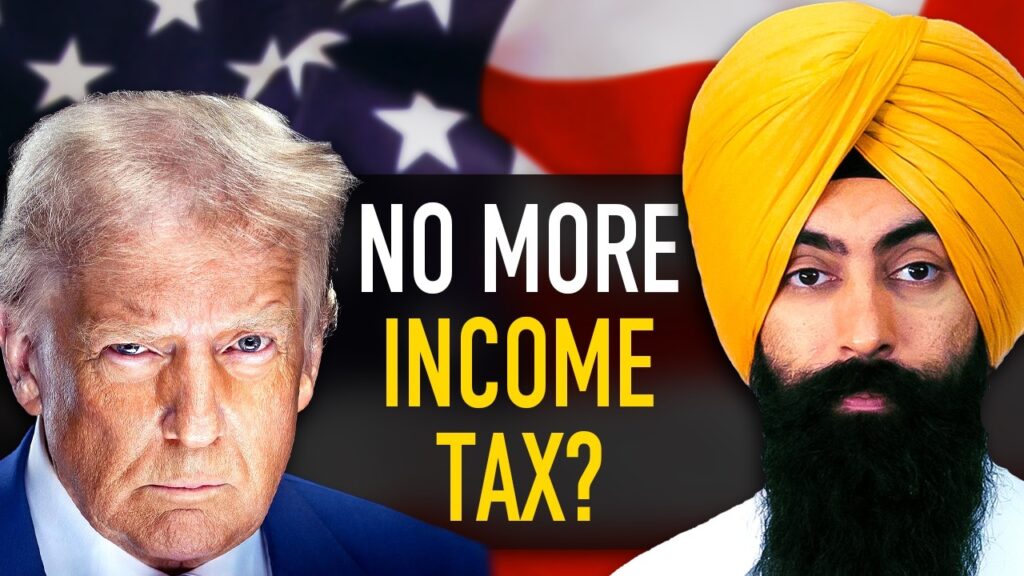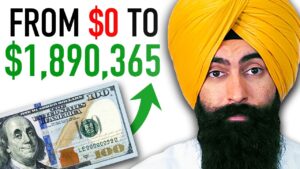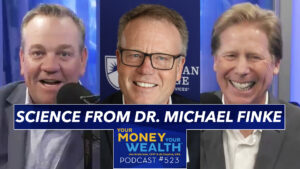Trump Wants to Abolish Income Tax

In recent developments, President Donald Trump has proposed a significant shift in the U.S. tax system by suggesting the replacement of federal income taxes with tariffs on imports. This proposal aims to simplify taxation and encourage domestic production. Concurrently, Federal Reserve Chair Jerome Powell has provided insights into the current state of inflation and the Federal Reserve’s approach to interest rates. Understanding these initiatives is crucial for comprehending their potential impacts on the economy and individual financial planning.
1. Jerome Powell’s Insights on Inflation and Interest Rates
Federal Reserve Chair Jerome Powell recently addressed the ongoing challenges of inflation, noting that while it has eased significantly over the past two years, it remains somewhat elevated relative to the 2% longer-run goal. As of December 2024, total Personal Consumption Expenditures (PCE) prices rose by 2.6% over the preceding 12 months. The Federal Open Market Committee (FOMC) has decided to maintain the current policy interest rate and continue reducing securities holdings to support economic goals.
2. President Trump’s Proposal to Abolish Income Tax and Implement Tariffs
In a significant policy shift, President Donald Trump has proposed eliminating federal income taxes and replacing them with tariffs on imports. This idea harks back to the early 20th century when the U.S. government relied heavily on tariffs for revenue. The proposal suggests that by imposing tariffs, particularly on countries like China, the U.S. could generate sufficient revenue to offset the loss from income taxes. However, experts caution that replacing the approximately $2 trillion generated annually from income taxes would require imposing tariffs at rates that could be economically unfeasible and potentially detrimental to consumers.
3. Potential Economic Impacts of Increased Tariffs
The implementation of substantial tariffs as a primary revenue source raises concerns about inflation and overall economic health. Tariffs can lead to higher prices for imported goods, which may contribute to increased inflationary pressures. Additionally, such a policy could disrupt global supply chains and provoke retaliatory measures from trade partners, further complicating economic conditions. The Federal Reserve remains cautious, emphasizing the need for thorough analysis to understand the full implications of a tariff-based revenue system.
Conclusion
The proposal to replace federal income taxes with tariffs represents a bold shift in U.S. fiscal policy, aiming to simplify the tax system and bolster domestic manufacturing. However, it raises significant questions about feasibility, economic impact, and the potential for increased consumer costs. Simultaneously, the Federal Reserve’s cautious approach to interest rate adjustments reflects a commitment to managing inflation while supporting economic growth. As these policies evolve, staying informed and consulting with financial professionals will be essential for individuals and businesses to navigate the changing economic landscape effectively.
Jaspreet Singh is not a licensed financial advisor. He is a licensed attorney, but he is not providing you with legal advice in this article. This article, the topics discussed, and ideas presented are Jaspreet’s opinions and presented for entertainment purposes only. The information presented should not be construed as financial or legal advice. Always do your own due diligence.







